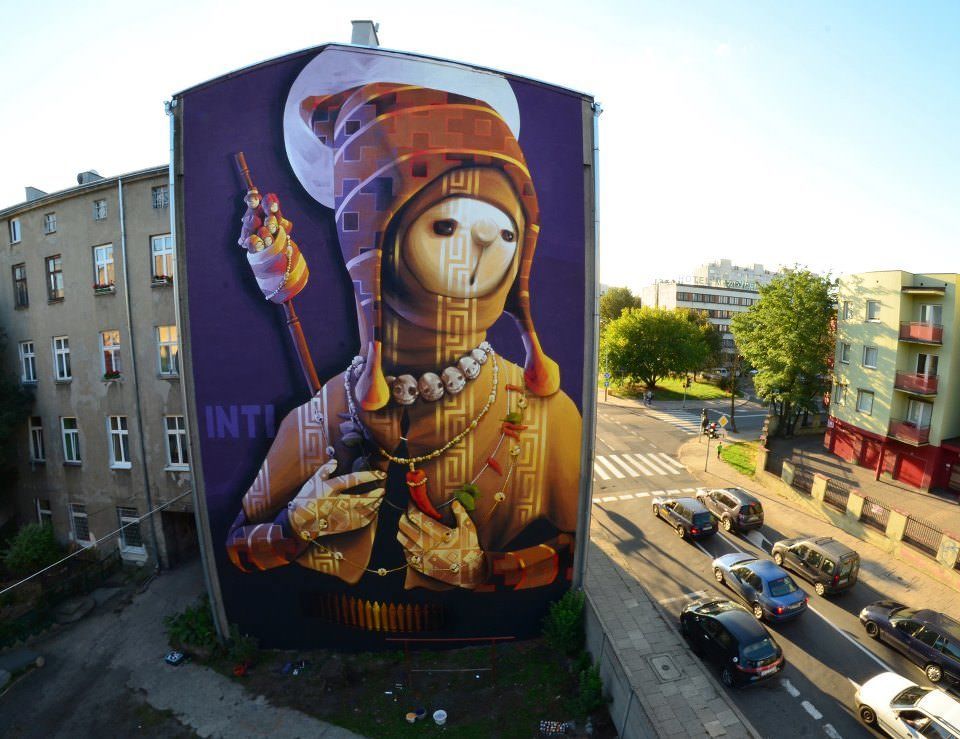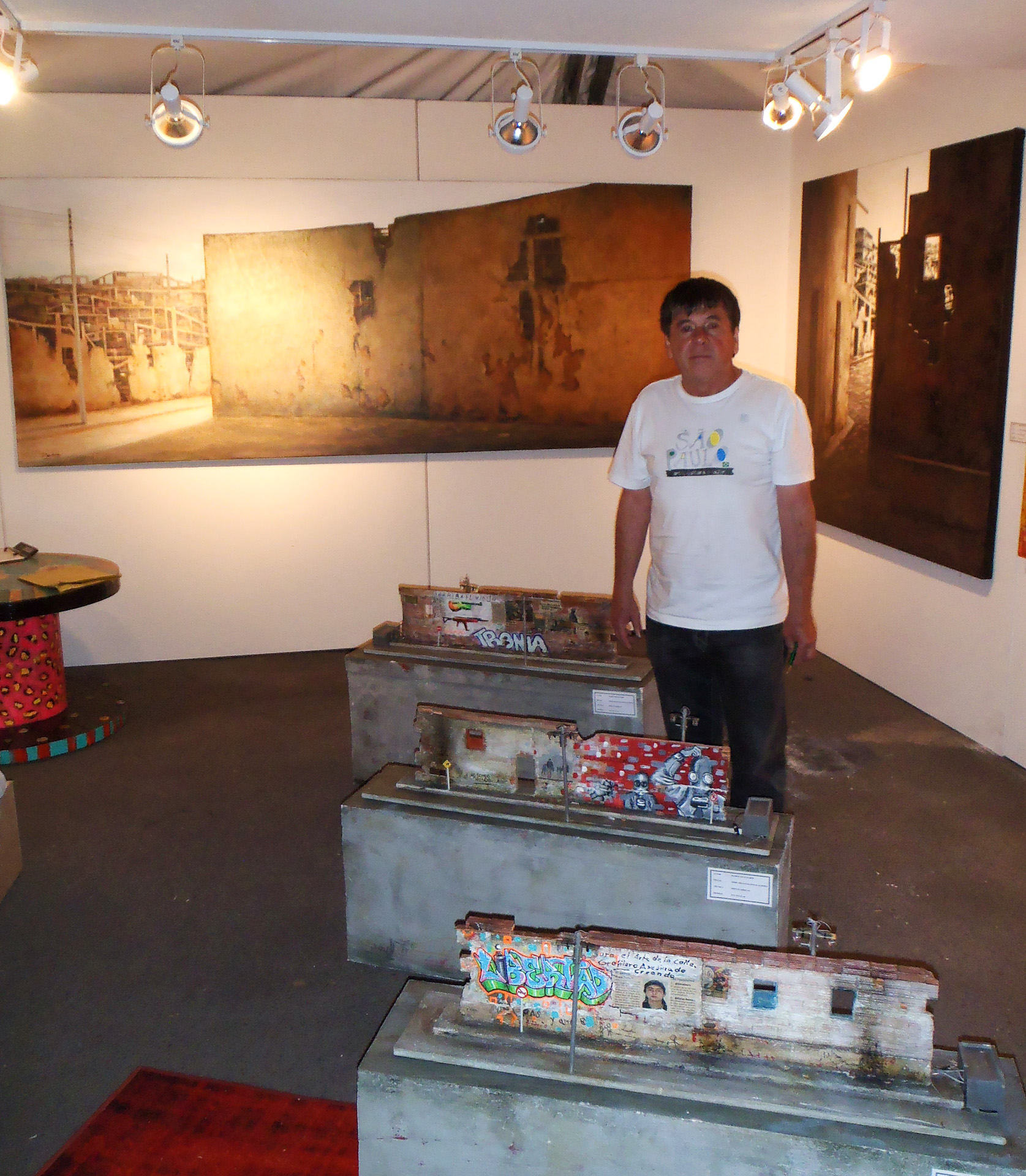

Leave a comment
To talk about urban art is to talk about a whole cultural movement that started decades ago from graffiti and which, although it was condemned at the time, is now sought after by collectors around the world. The success of artists like Banksy, Shepard Fairey or OsGemeos, to name but a few, has helped to place this form of art under the spotlight. Works of art that were once chased by police squads and condemned by protectors of private property, are now praised and sold at prices that just a few years ago would have seemed ridiculous.
Those nights in which artists ran through the streets fleeing for not being captured have gradually moved to entire days of painting walls with the full backing of the corresponding authorities. In Latin America, there has been a boom in urban art where figures such as INTI or Ledania have emerged, whose works dress the walls of the most important cities in the world. Nowadays, graffiti tours attract thousands of visitors and have become important sources of revenue generation within an economy that increasingly needs to take advantage of the concept of diversification. The shapes, colors and messages that come to life on the walls also provide a different character to these dynamic metropolises where the law of the strongest is sometimes the only one that governs.

Looking at how far urban art has gone; it is impossible not to question the purpose of art if there were no one to enjoy it. In turn, it reflects a dramatic contrast to Sotheby’s auction images in which historical works sell for tens of millions of dollars, to become items in private collections of a few individuals. Perhaps that is why urban art is considered as a form of democratization of art, where social strata, races and languages fade away and what prevails is communication between artist and public.
Sadly, the truth is that this change has come at a high price, as lives have been erased as walls are tagged. Dozens of victims of abuse of authority have been reported for decades, and lost human lives that have gone unpunished have decorated the front pages of the main newspapers in different cities of the continent. We cannot ignore the fact that graffiti or street art is illegal, but it is difficult to understand how the law is applied so differently depending on the name of the perpetrator.

The murder of graffiti artist Diego Felipe Becerra at the hands of a policeman in the city of Bogotá in 2011, was the trigger for the artist Pabón to decide to consolidate a project that had been around his head for 20 years: blend elements of urban art with his own work to create a platform for social dialogue. To do so, he worked in collaboration with local artists and carried out a set of pieces that served as aperitifs for what would later be his most socially charged series of works, Walls of Silence.
This is how in a set of colorful, emotional and even sarcastic works, Pabón pays tribute to that form of counterculture and to urban artists who, like Diego, found on walls their own way of communicating with the outside world. Although these works were completed in 2012, and some of them succumbed to time, it is interesting to appreciate the evolution of the body of work of an artist who has been open to new forms of art and who is particularly sensitive to events that shape our society.